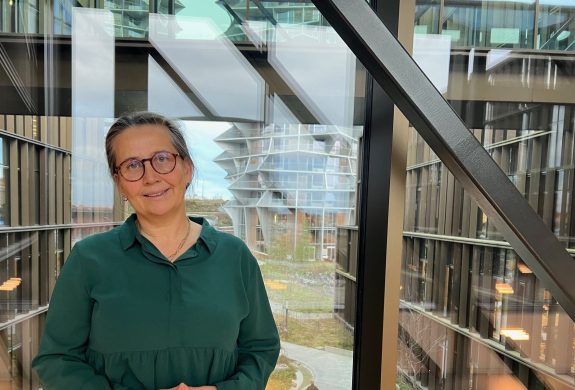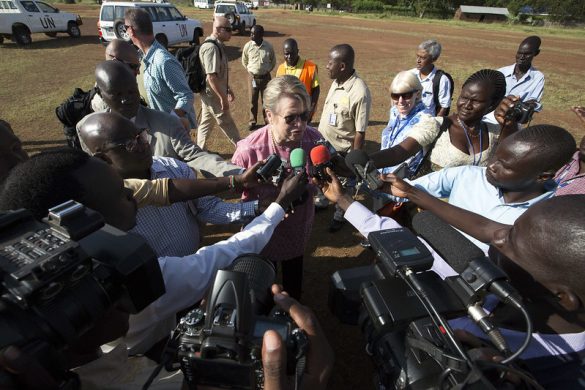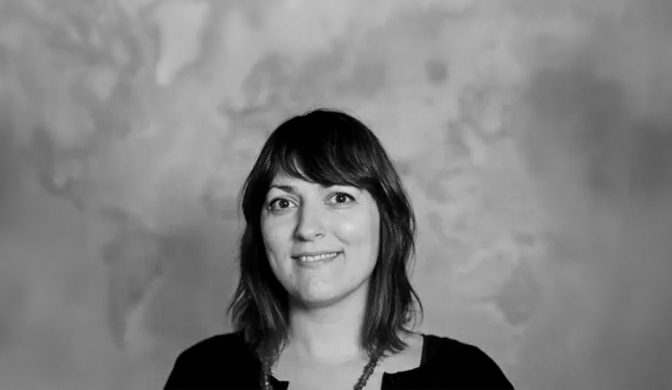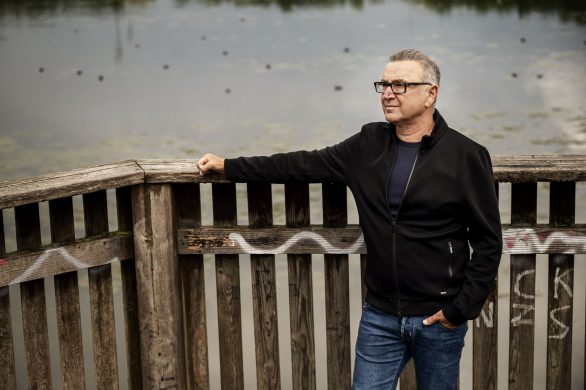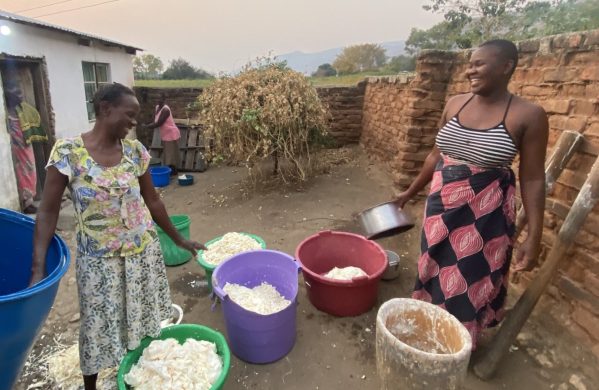Grønland vil muligvis snart igen leve op til sit navn. Et nyt studie viser, at temperaturen i Arktis stiger dobbelt så hurtigt som i resten af verden, og dermed kan størstedelen af isen i området være smeltet meget snart.
Warming about twice as fast as the rest of the world, the Arctic is already undergoing massive upheavals from climate change: summer sea ice is thinning and vanishing, land based ice sheets are melting, and sea levels are rising, writes Mongabay Monday.
Now a new study in Nature Climate Change predicts that vegetation cover in the Arctic could expand by over 50 percent by 2050. Although increased vegetation would sequester additional carbon, this would be more-than-offset by the loss of the albedo effect, whereby sunlight bounces off white (snow and ice covered) parts of the Earth.
“Such widespread redistribution of Arctic vegetation would have impacts that reverberate through the global ecosystem,” notes lead author Richard Pearson, with the American Museum of Natural History’s Center for Biodiversity and Conservation.
Pearson and his team used computer modeling to predict how vegetation would expand and shift, based on temperature and precipitation, as the Arctic continues to heat up. Their findings predict that woody cover, i.e. trees and shrubs, would expand by 52 percent in less than 40 years.
While it may sound, at first, like a positive development to see forests pop up in the Arctic, it will have major ramifications according to the scientists. A number of species depend on open tundra for survival, including several ground-nesting birds. In addition, the new forests would actually amplify global warming.
“Vegetation distribution shifts will result in an overall positive feedback to climate that is likely to cause greater warming than has previously been predicted,” the researchers write in the paper.
Læs mere her: http://news.mongabay.com/2013/0401-hance-arctic-greening.html



